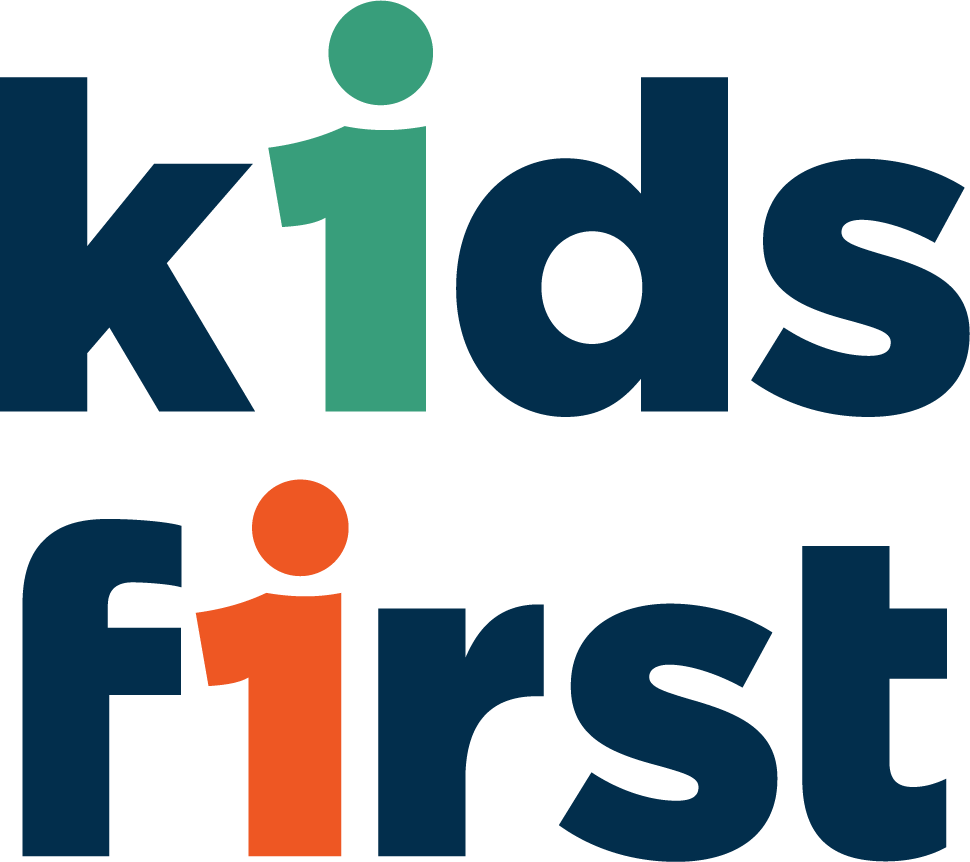7 Tips for a Fun Foster Family Halloween
For both children and adults, Halloween is one of the most anticipated nights of the year. What's not to enjoy with all the pumpkin carving, costumes, and free candy? The truth is that for kids who are brand new to foster care or who have experienced abuse, neglect, or other trauma in the past, Halloween may be both exciting and daunting. Here are some ideas on how foster parents may make Halloween safe and memorable for the kids under their supervision.
1. Explain to children what to expect.
Teach youngsters what's coming because the unknown is frequently what causes anxiety. Share important details like: Which events or locations will you be visiting? Will anyone else be there? When trick-or-treating, what should they say? Consider going on a pre-planned daylight trick-or-treating route. Make necessary adjustments if your youngster expresses reluctance about any of your plans.
2. Favor enjoyment over scary.
7 Tips for a Fun Foster Family Halloween - Kids First, Inc. - Fort Worth, TX
Young children with a history of trauma could have problems distinguishing between real and fake decorations and costumes when faced with them. Halloween is about much more than just skeletons and monsters, so pick objects that are funny or cheerful.
3. Make use of your senses.
Dark, noisy, or even the crowded situations can be challenging for kids with sensory problems. For a sensory-friendly Halloween, you might need to stay away from particular activities and stimulation. Know that there are certain cards with the phrase "Trick or Treat" printed on them that can be used if your child is timid or has difficulty expressing themselves verbally.
4. Set the ground rules.
On vacations, it's common for parents to relax the rules. However, if this is a child's first Halloween with you, you should describe how Halloween is celebrated in your home. Will you expect that the group will stay together? How much candy can they consume that night? Before they dive in, will you check their trick-or-treat hauls? When is it time to go to bed? Establish the rules and explain them in detail.
5. Keep safety first in mind.
It's not every day that you enter strangers' homes in the dark while wearing a superhero mask. Reinforce safety fundamentals with children at this time that will benefit them any time of year. Consider wearing reflective clothing, checking both sides of the road before crossing, refusing rides from strangers, and so forth. Talk to your teenage driver about driving extra slowly on the streets on Halloween.
6. Include everyone.
Many children's differences, such as food allergies, diabetes, and autism, are often highlighted by Halloween traditions. Explain things as needed in a way that is age-appropriate while being kind and patient. Hopefully, this inclusion lesson will help the kids in your care feel more accepted in their own new surroundings.
7. Adapt your expectations.
As a foster parent, you should expect the children in your care to become easily overwhelmed and exhausted. Try trick-or-treating on one block rather than the entire neighborhood. It's preferable to enjoy a memorable half-hour of fun than to press on and maybe provoke intense emotions. You could simply stay at home for a non-scary movie night — do whatever feels comfortable!
Spirit of Halloween
Make wonderful childhood memories on October 31. Plan carefully, but also be willing to change your mind if necessary. You'll soon be creating new traditions as a foster family if you recognize the particular needs of children in care and meet them where they are. Contact Kids First in Fort Worth, TX for additional resources developed specifically for foster parents.


